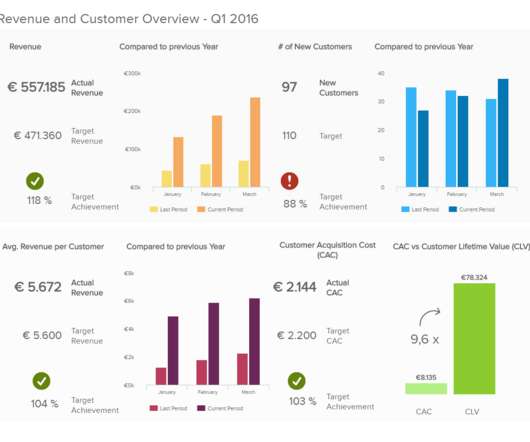Changing assignment weights with time-based confounders
The Unofficial Google Data Science Blog
JULY 22, 2020
For example, imagine a fantasy football site is considering displaying advanced player statistics. A ramp-up strategy may mitigate the risk of upsetting the site’s loyal users who perhaps have strong preferences for the current statistics that are shown. One reason to do ramp-up is to mitigate the risk of never before seen arms.














Let's personalize your content